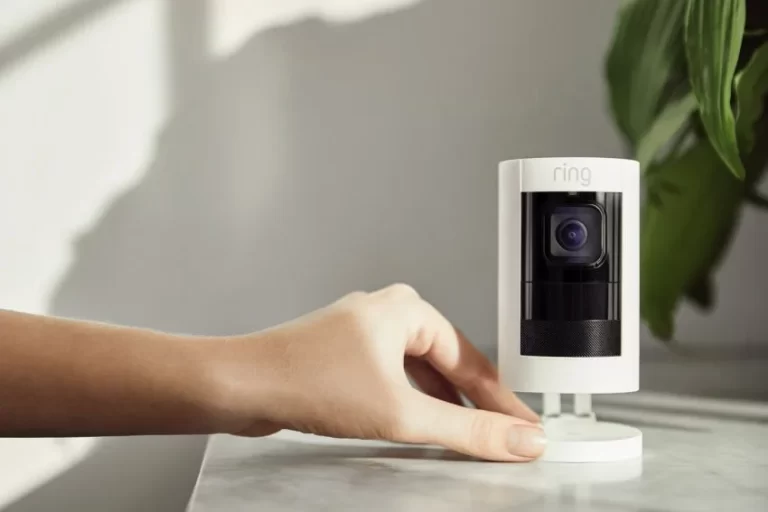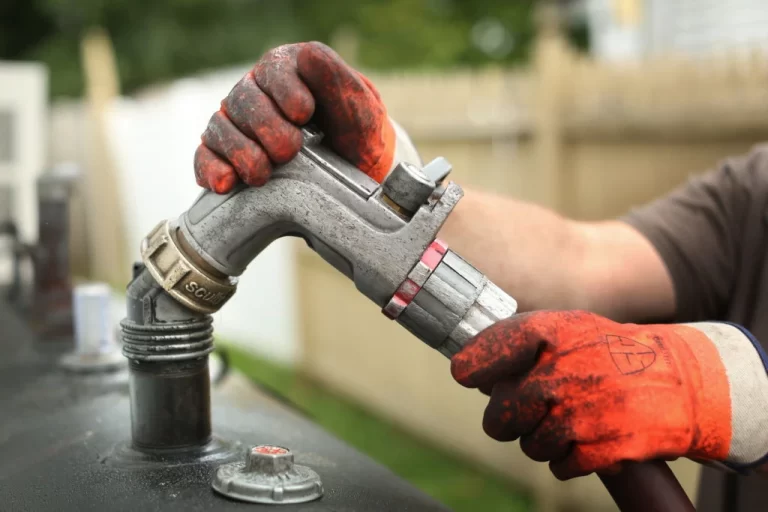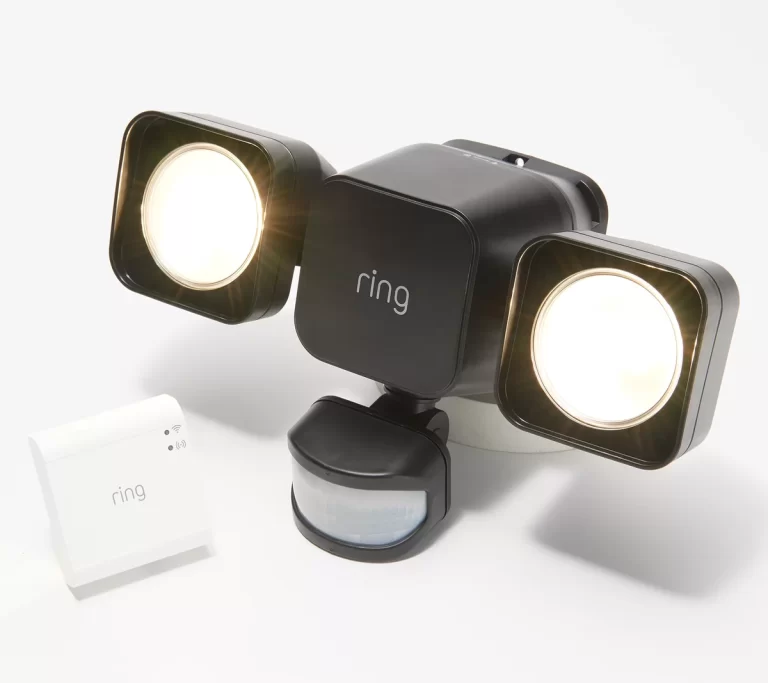What Materials Are Used in Insulated Glass?
When it comes to creating energy-efficient and comfortable spaces, insulated glass plays a pivotal role. But have you ever wondered, “What materials are used in insulated glass?”
In this informative article, we’ll delve into the world of insulated glass, exploring its composition, advantages, and much more. Get ready to uncover the secrets behind this essential building component.
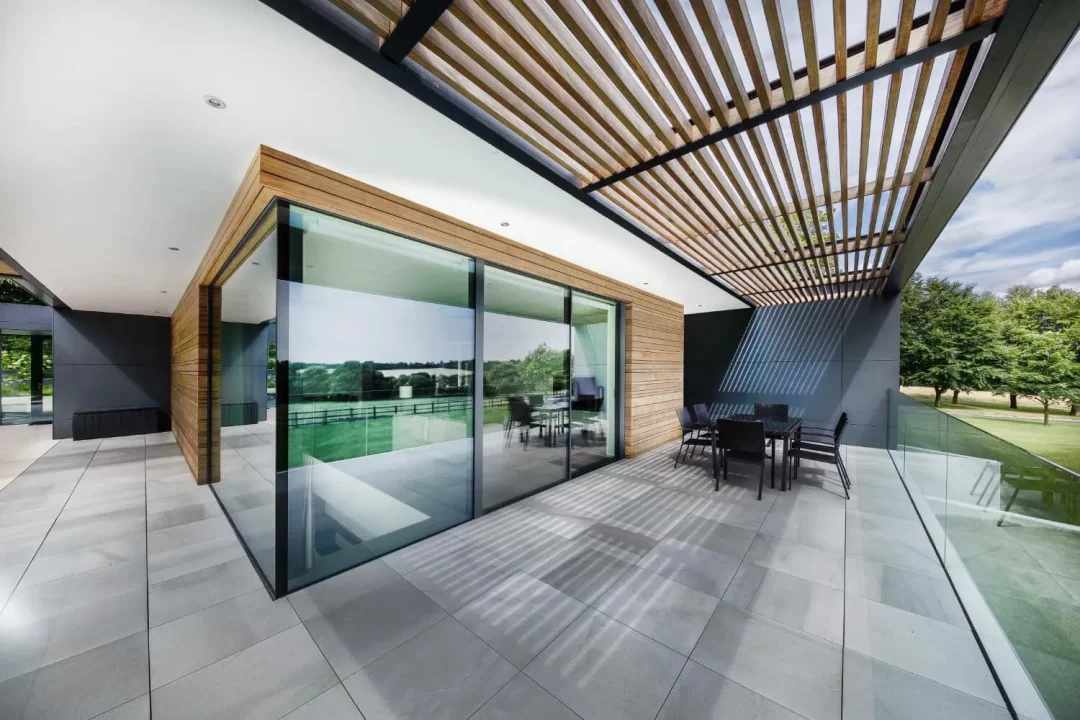
What Materials Are Used in Insulated Glass?
Let’s take a closer look at the key materials in insulated glass and how they contribute to its effectiveness.
1. Glass
The glass used in insulated glass units is typically low-emissivity (Low-E) glass. This type of glass has a microscopically thin coating that reflects heat while allowing light to pass through.
This helps control indoor temperatures and reduce energy consumption.
2. Spacer Bars
Spacer bars are not just simple pieces of metal; they are engineered with precision. They create an insulating barrier between the glass panes, ensuring minimal heat transfer.
The choice of materials like aluminum or stainless steel depends on factors like durability and cost-effectiveness.
3. Sealant
The sealant is a critical component that keeps everything together. Silicone and polysulfide sealants are favored for their resilience to temperature changes and durability over time.
They prevent moisture and air from infiltrating the insulated unit, preserving its insulating properties.
4. Gas Filling
The use of gases like argon or krypton between the glass panes enhances insulation. These gases have low thermal conductivity, effectively reducing the transfer of heat.
This is essential for maintaining a consistent indoor temperature.
The Components of Insulated Glass
Insulated glass, often referred to as double glazing or thermopane glass, is designed to provide superior thermal insulation and soundproofing.
It achieves this through a combination of materials carefully sealed together.
1. Glass Panes
At the core of insulated glass are two or more glass panes. These panes can vary in thickness, but the most common choices are single-strength or double-strength glass.
These panes are the foundation of insulated glass, offering durability and clarity.
2. Spacer Bars
Spacer bars, typically made of aluminum or stainless steel, are positioned between the glass panes.
They serve two crucial functions: maintaining the distance between the panes and creating an airtight seal. This separation is essential for insulation, as it minimizes heat transfer.
3. Sealant
To ensure the integrity of the insulation, a high-quality sealant is used to bond the glass panes to the spacer bars.
This sealant is often made of silicone or polysulfide, offering exceptional durability and resistance to temperature fluctuations.
4. Gas Filling
To further enhance insulation, the space between the glass panes is often filled with inert gases such as argon or krypton.
These gases have low thermal conductivity, reducing heat transfer and improving energy efficiency.
Advantages of Insulated Glass
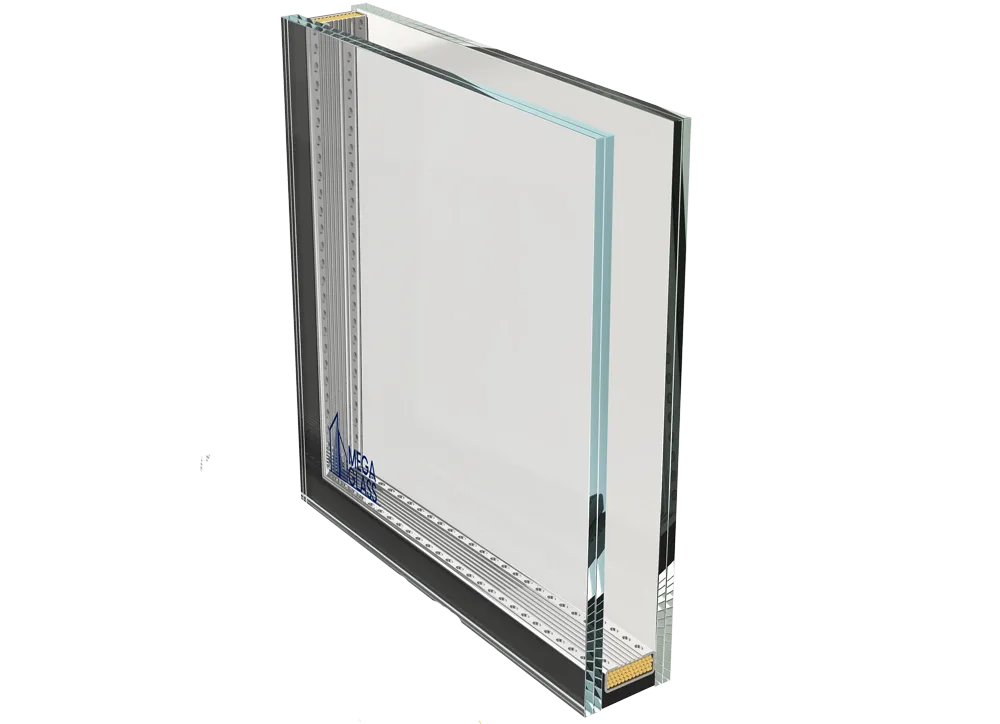
Now that we understand the materials used, let’s explore the numerous benefits of insulated glass.
1. Energy Efficiency
Insulated glass is a key player in improving a building’s energy efficiency.
By reducing heat loss in the winter and minimizing heat gain in the summer, it helps maintain a comfortable indoor temperature and reduces heating and cooling costs.
2. Noise Reduction
In addition to its thermal benefits, insulated glass also excels at reducing noise pollution.
Whether you live near a busy street or an airport, this type of glass can significantly dampen external sounds, creating a quieter and more peaceful indoor environment.
3. Condensation Control
Insulated glass minimizes condensation on the interior surface during extreme temperature variations. This is particularly beneficial as it prevents moisture-related issues like mold and mildew growth.
4. Increased Property Value
Installing insulated glass windows can increase the value of your property. Potential buyers are often willing to pay a premium for homes with energy-efficient features.
Conclusion
In conclusion, understanding the materials used in insulated glass is key to appreciating its role in creating comfortable and energy-efficient living spaces.
The combination of glass panes, spacer bars, sealants, and gas filling work harmoniously to provide thermal insulation, noise reduction, and condensation control.
By investing in insulated glass windows, you not only enhance your property’s value but also contribute to a more sustainable and comfortable environment.
READ ALSO!!!

